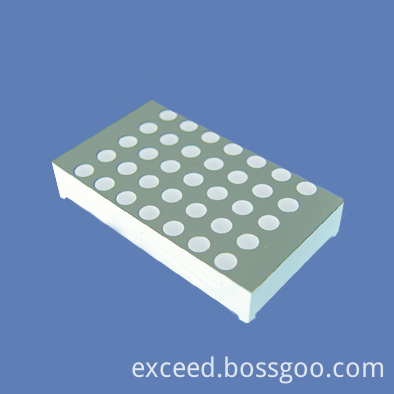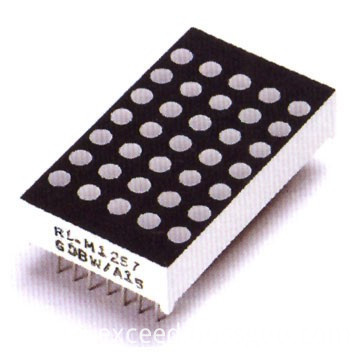Virtus Wafer can increase the average battery conversion efficiency of general polycrystalline cells from 16.5% to 17.5% to 18.2%. ReneSola's Vice President of Sunny Technologies Zheng Zhidong stated that Virtus Wafer produced in 2010 has more power generation area than single-crystal silicon wafers, improving the distribution of conversion efficiency, and the power of the module using this chip is even lower than that of the single chip. The crystal module is also high and can reduce the Light induced Degradation (LID), which is lower than the single crystal in terms of energy consumption or cost.
In the manufacture of solar cells, the use of acid or enamel etching is an indispensable process for battery production. The company said that the conversion efficiency of the currently used rayon cell can reach an average of 17.5%, and the average conversion efficiency of the highest customer has reached 18.04%. Acid pickling can generally be increased by more than 0.25%.
In addition, the company uses self-developed diamond wire to cut, compared with the traditional SIC method, it can significantly reduce COD (the amount of oxygen needed to treat unit sewage) in the production process of silicon wafers. Up to 80-90%.
The comparison of single crystal, polycrystalline, and single-crystal single crystals with energy consumption and output yields 80-130Kg in single furnace, 3000-4500Kwh in energy consumption, and 65-105Kg in output. The number of single crystal furnaces is 450-800Kg; the energy consumption is 4000-5500Kwh; the output is 310-560Kg. The single-crystal single-furnace furnace is 450-660Kg; the energy consumption is 4000-5000Kwh; the output is about 300-410Kg. As a whole, single-crystal-like crystals can obtain advantages that conventional single crystals and polycrystals do not have, but they can improve efficiency at the same time.
"Single-crystal" product Virtus Wafer was developed by ReneSola. ReneSola currently has more than 170 solar-related patents, of which 8 are Virtus Wafer patents.
"The development of the solar optoelectronics industry is focused on the cost of grid connection, and it is expected that in the next 3 to 5 years, the city level price will be achieved," said Zheng Zhidong, vice president of ReneSola's technology department. The conservative production cost of Virtus Wafer proposed by the company is estimated to be about 8% to 10% lower than that of the conventional single crystal, which will help downstream manufacturers to reduce production costs.
According to PIDA's estimation, by 2013, Taiwan's solar photovoltaic output could reach NT$300 billion. “Taiwan is one of the most important markets for ReneSola, so next year we plan to set up a business base in Taiwan, and we are still evaluating it as a branch or a delivery center,†said Huang Songde, vice president of sales at ReneSola.
ReneSola also announced that next year it will increase polysilicon capacity from the existing 3,000 tons to 85 million tons. "This part is mainly to improve production capacity by improving technology," Huang Songde said.
Although the global solar energy industry is still experiencing severe overcapacity and falling price competition, Huang Songde pointed out that after this harsh competition, the cost of the solar energy industry will drop substantially, and the company’s strategy is to combine its Virtus wafer with Taiwan’s solar energy. Batteries generate technology and production capacity, and promote solar energy as a truly clean energy option.
7.1 Dot Matrix Display refers to use 8*8 package module combination, and LED module application generally refers to the two categories of products: one is to use the unit plate lamp or surface mount package, commonly used in outdoor LED Display, outdoor full color, indoor full color; in addition, for night decoration the light string is also known as the LED module.


LED Dot Matrix Display module can display Chinese characters, graphics, animation and English character; display has a static, horizontal scrolling, vertical scrolling and page display.
Advantages:1.raw material costs have the advantage, and the production process is simple, stable quality.
2.color consistency is better.
3.color consistency, viewing angle and other important indicators of the existing program is better.
4.the cost is low, the display effect is very good.
Application:
Widely used in electronic weighing instrument, DVD, DVB and other electrical facilities, and can be designed according to customer requirements for development.
LED Dot Matrix Display,Blue LED Dot Matrix,Mini Dot Matrix Green LED,Dot Matrix Display,LED Module Display,Module LED Display
Shen Zhen Exceed Electronic Co., Ltd. , http://www.exceedlight.com